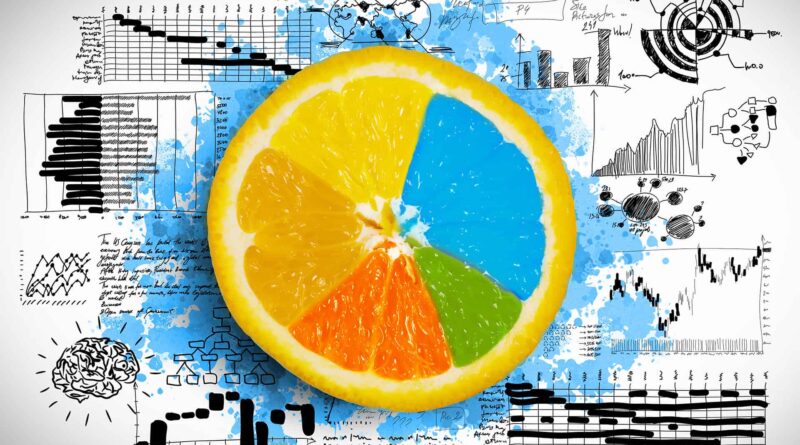Food waste is a terrible loss. Not only does it represent wasted labor and effort by farmers and producers, but it has a major impact on the environment. Additionally, while we waste billions of dollars’ worth of food every year, people around the globe go hungry.
Clearly, food waste is an issue that concerns everyone. Individuals can make a difference by paying more attention to the food they buy and reducing the amount of waste they generate (this also helps to save hundreds or even thousands each year!) but we also need to address the food that goes to waste because it is excess or unsold.
The good news is that new technology is helping to address these issues and provide potential solutions. Artificial intelligence (AI) has a huge number of potential applications, including in the reduction of food waste. Here’s how AI could help to solve the global food waste issue.
Food Waste: A $127 Billion Opportunity
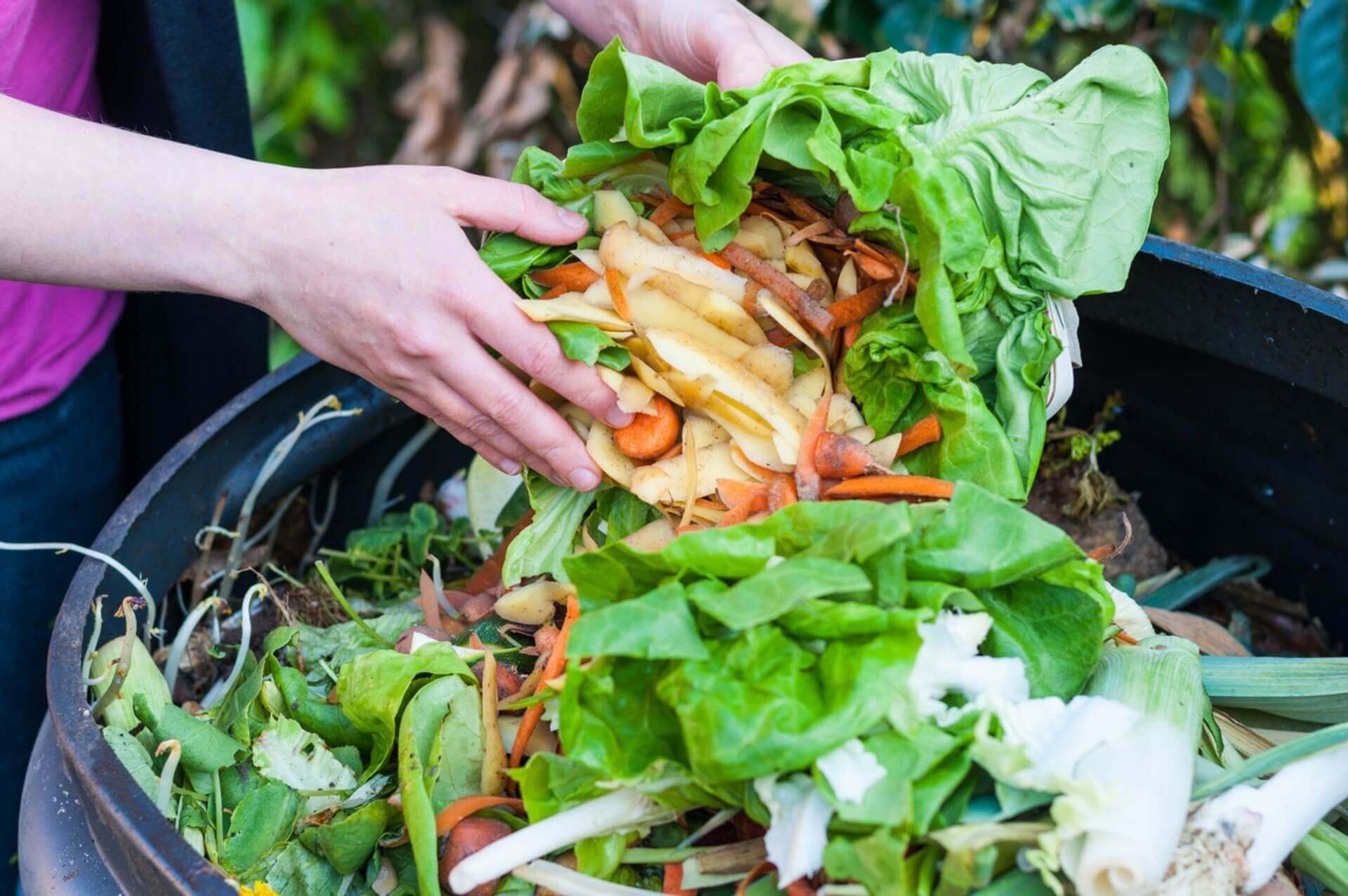
source: foodprint.org
Most people understand that food waste is a problem. But many don’t realize just how big the problem is. About a third of the food produced globally is never eaten. Despite this, crops and livestock deplete the soils and require water and fuel to produce. People who live in poverty and food deserts go hungry, despite there being a surplus of food to provide them with adequate nutrition.
Environmental and social costs (which are significant) aside, this waste is costing the global economy money. There’s a lot of opportunity for improvement, and AI has the potential to increase the economic opportunity to around $127 billion annually by 2030. There are many ways AI could help to reduce food waste, and we’ll need to explore all the options to successfully tackle this global issue.
AI Can Reinforce Education on Food Waste & Environment
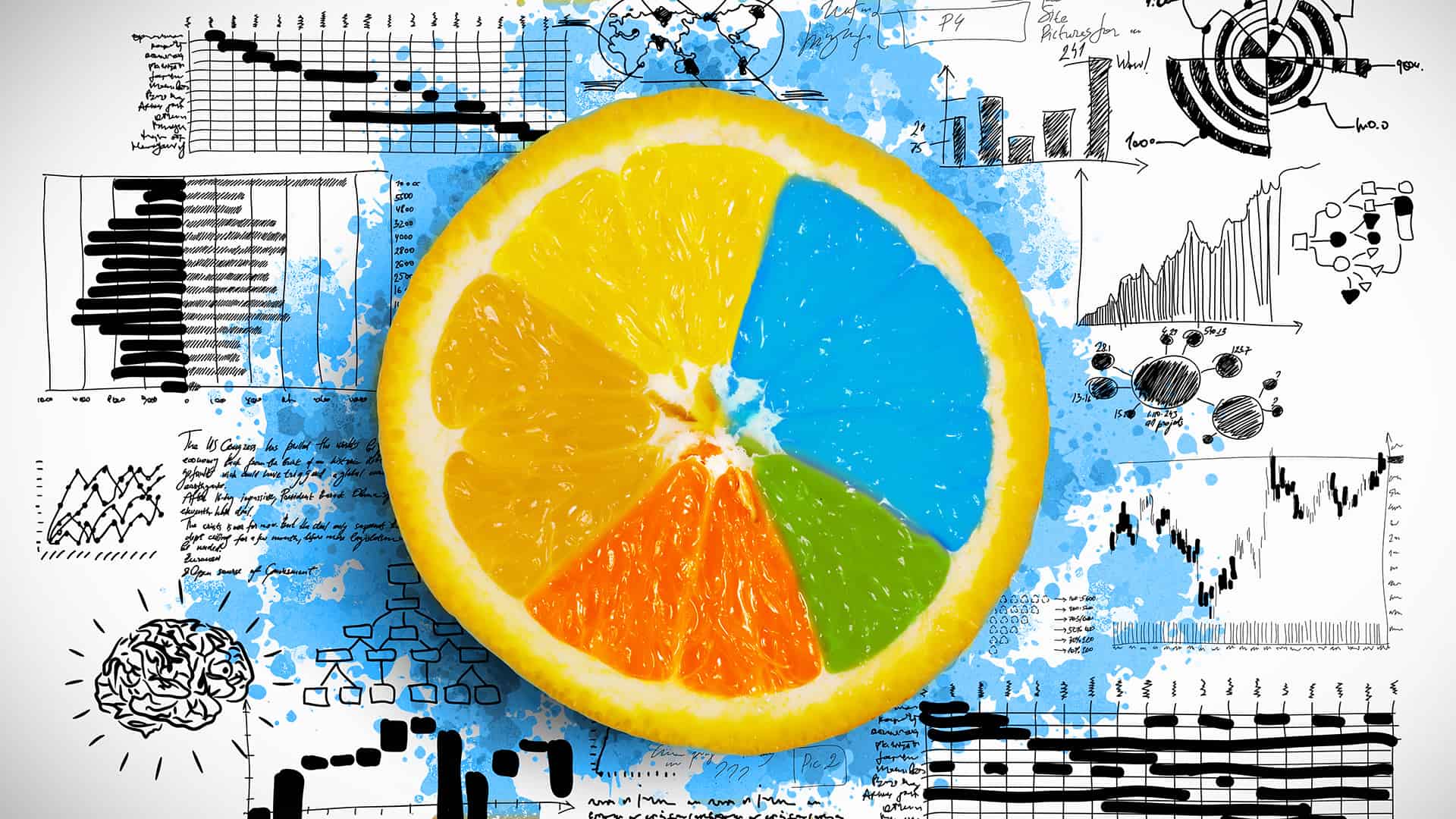
source: questrmg.com
In countries like the United States, many people don’t understand just how harmful food waste is. The culture is driven by excess and many people don’t realize just how much time, money, and environmental cost goes into producing food. Mobilizing individual consumers will be key in ultimately reducing food waste as much as possible.
Education and awareness about food waste and its impact on the environment are key for changing individual habits. AI is already a great tool in marketing and automation, applications that could be harnessed for social campaigns promoting better habits for food purchasing and use, along with statistics on the impact of food waste.
AI Helping Food Producers Monitor Needs and Pricing
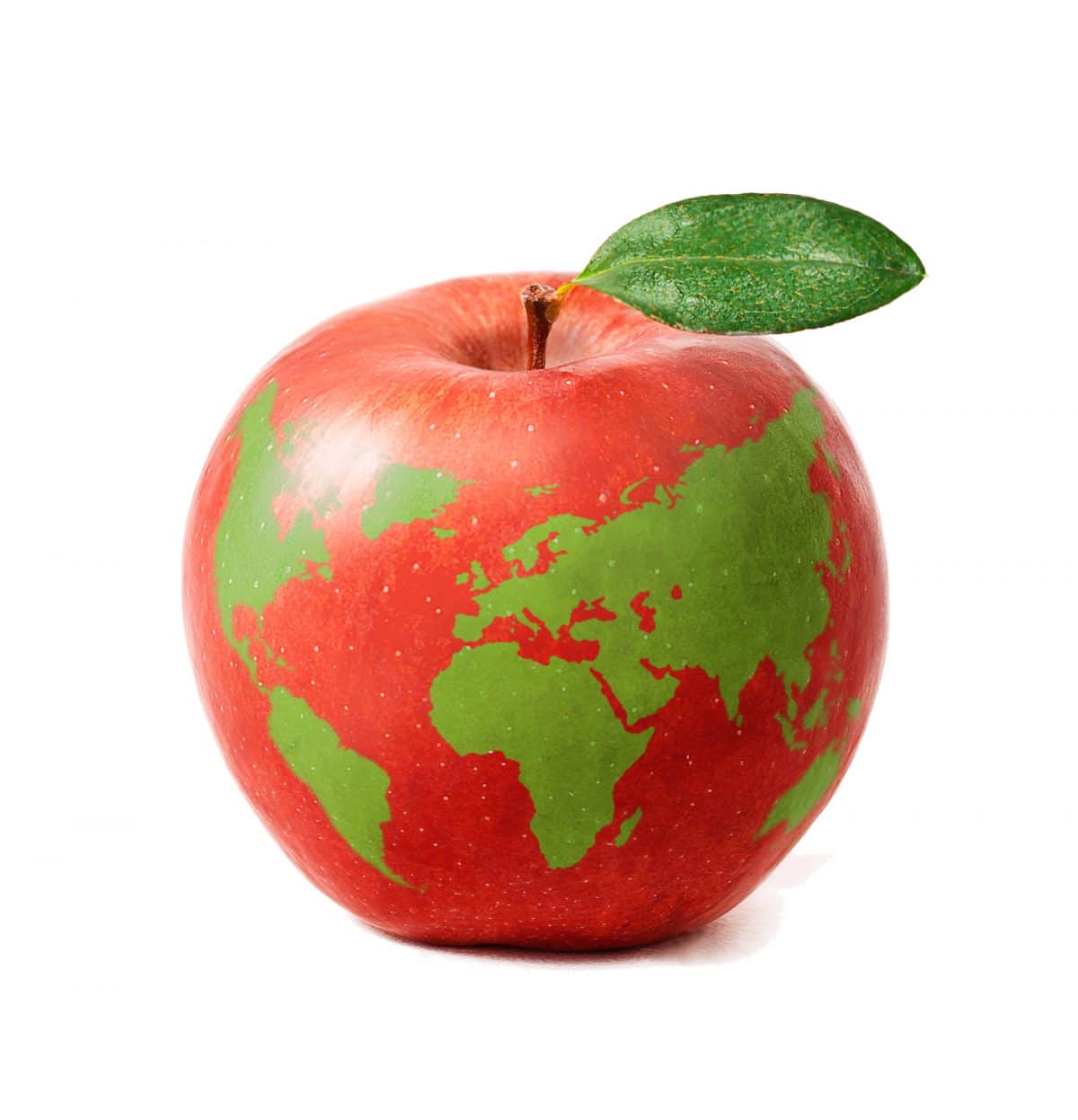
source: ideafit.com
One of the reasons our food producers have a tendency to overproduce is that they want to be sure that they are meeting the demands of consumers. If they grow or produce too much food, at least they won’t have to worry about not having enough to sell. Unfortunately, this attitude leads to surpluses and ultimately, food waste.
AI can help save the day by monitoring demand and need on an ongoing basis. It can also be used once the food reaches store shelves by adjusting prices automatically based on expiration dates. While this means that items closer to their expiration date become cheaper, it’s a win-win for stores and customers. Without this technology, after all, many items would be thrown out altogether.
AI + Data Analysis Can Help Monitor and Provide Projections
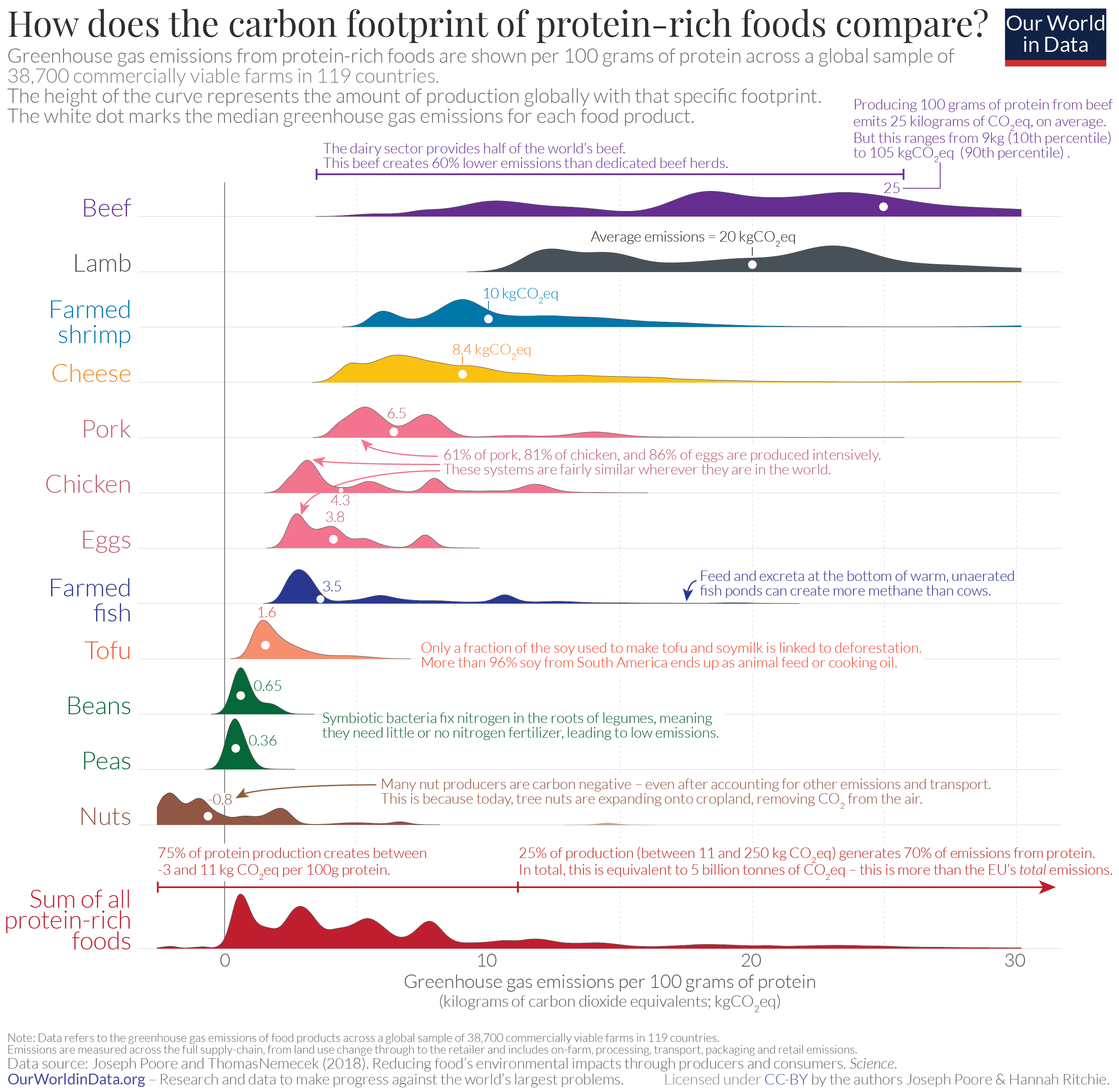
source: ourworldindata.org
Instead of using historical data alone or relying on intuition, AI and data analysis could help food producers take a more sophisticated approach to calculating supply and demand. Using large datasets, artificial intelligence can help create more accurate forecasts to inform food producers about expected demands. That way, they are less likely to over- or under-produce and can make more money on the food they grow.
The more farmers know about what consumers want, the better. They can use projections to help allocate land and deliver more food to local markets. There are endless opportunities for producers to improve their revenue and food quality with the help of AI and data monitoring.
Food waste doesn’t help anyone. Most of it ends up in a landfill, creating environmental hazards and wasting hours, soil nutrients, water, and fuel. The good news is that it’s in everyone’s best interests to solve the problem. With sophisticated technology like AI and machine learning, we might not be too far from reducing the impact of food waste on our world.

